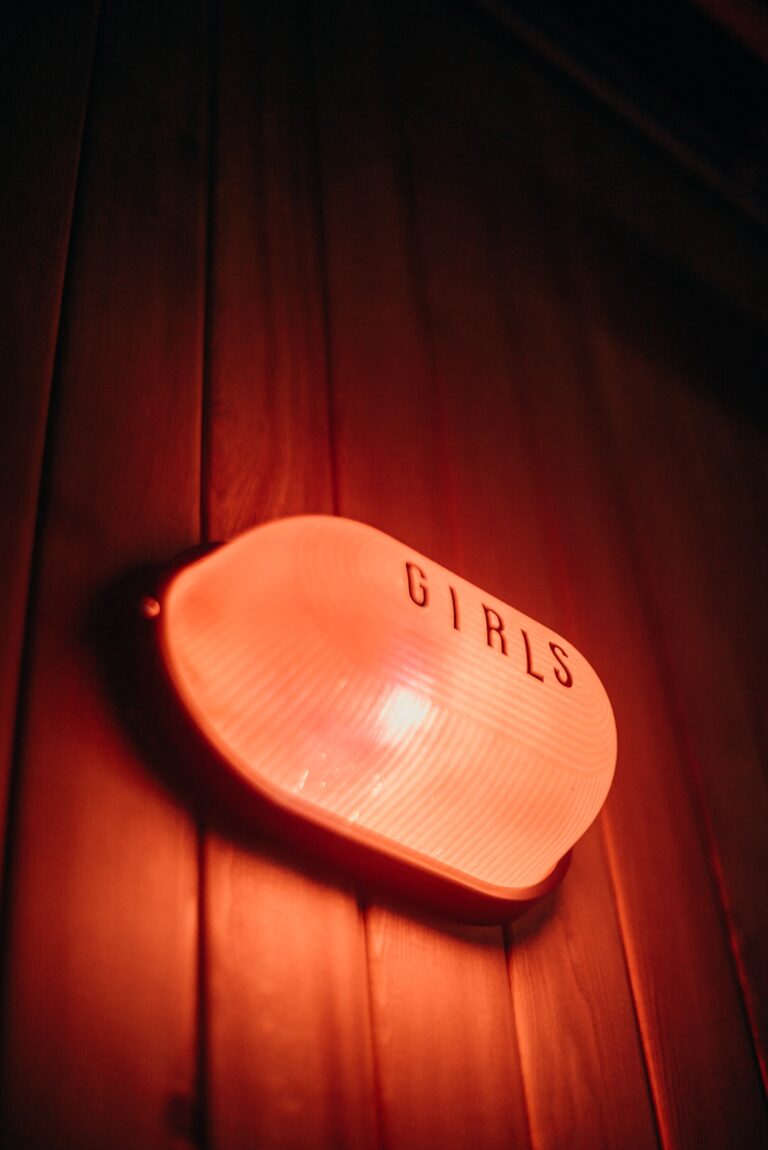What is the legal status of prostitution in Peru?
In Peru, prostitution is legal for adults over the age of 18. It is important to note that while the act of exchanging sexual services for money is legal, many activities surrounding prostitution, such as pimping and maintaining a brothel, are illegal. This makes the legality of prostitution in Peru somewhat ambiguous, with sex workers often facing difficult circumstances and dangers in the course of their work.
What are the laws and penalties regarding prostitution in Peru?
Although prostitution is legal in Peru, there are several laws and penalties related to activities surrounding it. These include:
- Pimping: Pimping, or living off the earnings of a prostitute, is illegal in Peru and punishable by law. This can include anyone who helps to facilitate prostitution, such as drivers, bodyguards, and advertisers.
- Brothels: Operating a brothel or any establishment where prostitution takes place is illegal in Peru. This has led to many sex workers operating in informal and unregulated environments, which can be dangerous and leave them vulnerable to exploitation.
- Child prostitution: Prostitution involving minors under the age of 18 is strictly illegal in Peru and carries severe penalties, including imprisonment.
- Human trafficking: The trafficking of individuals for the purpose of forced prostitution is a major issue in Peru and is punishable by law.
It is important to note that while these laws and penalties exist, enforcement can be inconsistent and many sex workers continue to face dangers and exploitation in their work.
What is the local terminology for prostitution in Peru?
In Peru, the local terminology for prostitution may vary, but some common terms include:
- Trabajadora sexual: This translates to sexual worker and is a more respectful term used to describe individuals engaged in prostitution.
- Prostituta: This is the Spanish word for prostitute and is commonly used in Peru.
- Meretriz: This term, which means harlot or courtesan, is also used to describe prostitutes in Peru, though it may be considered more derogatory.
What is the history of prostitution in Peru?
Prostitution has a long history in Peru, dating back to pre-Columbian times. In the Inca Empire, women known as acllas were selected to serve in religious and sexual roles, including providing sexual services to Inca nobles. During the Spanish colonial period, prostitution continued to be a prevalent aspect of society, with many women turning to the profession due to limited economic opportunities.
Throughout the 20th century, prostitution remained a significant issue in Peru, with the government periodically attempting to regulate and control the industry. However, these efforts were often met with resistance from sex workers and their advocates, who argued that such measures only served to further marginalize and endanger them.
How do government laws and links affect prostitution in Peru?
Government laws and links play a significant role in shaping the landscape of prostitution in Peru. While the legal status of prostitution allows for some protection and legitimacy for sex workers, the criminalization of activities such as pimping and operating brothels often leaves them vulnerable to exploitation and violence.
Furthermore, the government’s efforts to combat human trafficking and child prostitution, while necessary, can sometimes result in the targeting and harassment of adult sex workers who are working consensually. This can create a climate of fear and mistrust, making it difficult for sex workers to seek assistance or report crimes committed against them.
Finally, the lack of comprehensive social and economic support for sex workers in Peru means that many individuals are driven to prostitution out of necessity, rather than choice. Addressing the root causes of poverty and inequality, as well as implementing effective harm reduction strategies, will be crucial to ensuring the safety and wellbeing of sex workers in Peru.
